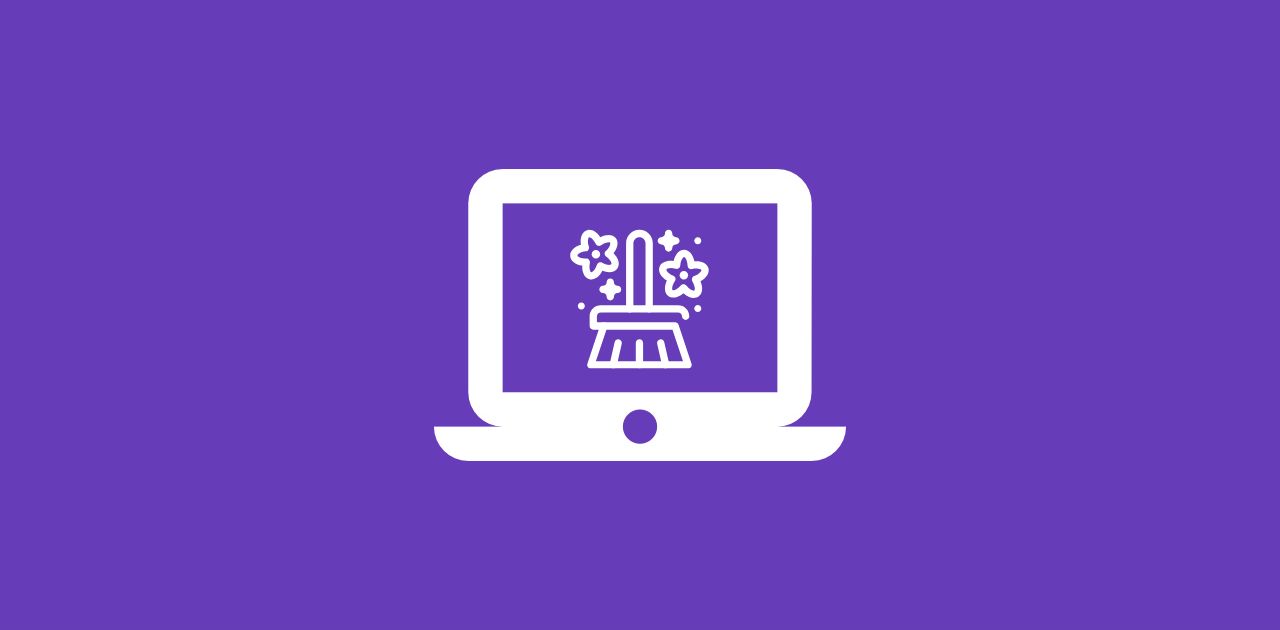
We tidy up our homes regularly, but how often do we declutter our digital lives? From overloaded desktops and messy downloads folders to hundreds of unread emails and duplicate documents, digital clutter can slow you down and cause unnecessary stress. Digital decluttering isn't just about aesthetics—it's about improving your productivity, protecting your data, and regaining control of your online space. It's time to tackle the mess and create a system that works!
What Is Digital Decluttering?
Digital decluttering is the process of cleaning up and organizing your digital assets. That includes documents, downloads, cloud storage, photos, emails, and even the apps and tools you use. The goal is to reduce digital noise, make files easier to find, and streamline your workflow.
Why Digital Decluttering Matters?
Digital clutter isn't just untidy. It impacts your life:
- Wasted Time: Hunting for lost files or navigating a messy inbox steals precious hours.
- Storage Drain: Unused apps, old files, and oversized documents clog your devices.
- Security Risks: Forgotten files, outdated accounts, or unorganized passwords expose sensitive data.
- Mental Overload: A chaotic digital space fuels frustration and scatters focus.
Decluttering creates a leaner, safer, and calmer digital life. Ready to start? Follow these steps to transform your digital world!
8 Practical Steps to Declutter Your Digital Life
1. Start With Your Desktop & Downloads Folder
A cluttered desktop often mirrors a cluttered mind. Move files into categorized folders, delete unneeded items, and aim to keep your desktop as clear as possible. Then, sort through your Downloads folder—archive what's important and delete the rest.
2. Delete or Archive Old Files
Go through your documents and get rid of duplicates or outdated versions. For important files, you want to keep long-term, consider converting them to PDF/A, the archival standard format.
Pro Tip: Use PDF2Go's PDF to PDF/A converter to ensure your documents are preserved in a stable format that maintains compatibility over time and prevents unwanted editing or formatting issues.
3. Rename & Organize Your Files
A chaotic file system is a productivity killer. Create a clear, intuitive folder structure for documents, photos, and other files. For example:
- Main Folders: Work, Personal, Finances, Projects
- Subfolders: By year, project, or category (e.g., "2025 Taxes," "Client Proposals")
- Naming Conventions: Use consistent, descriptive names like "2025-05_Budget.pdf" instead of "doc1.pdf."
4. Compress and Convert for Space-Saving
Over time, your device or cloud storage can fill up with large files—especially high-resolution images, lengthy presentations, or documents with heavy formatting. These files not only consume valuable space but can also slow down access and syncing.
Start by compressing large PDFs with PDF2Go's Compress PDF tool to significantly reduce file size without sacrificing quality. If working with space-hungry formats like Word, Excel, PowerPoint, or even image files, convert them to PDF to save storage and ensure consistency across devices. PDFs are typically smaller, easier to share, and more secure.
5. Use Cloud Storage
Clear your device's clutter by moving large, rarely used files like home videos or old photos to cloud storage (e.g., Google Drive, Dropbox). Cloud storage keeps files organized in one place, accessible anywhere, and helps avoid data buildup.
6. Declutter Beyond Files
Digital clutter isn't just files. Streamline other areas:
- Emails: Unsubscribe from unwanted newsletters and set up filters to sort messages.
- Browser Bookmarks: Delete outdated links and organize bookmarks into folders.
- Social Media: Unfollow inactive accounts or mute noisy feeds to reduce digital noise.
Pro Tip: Use a password manager to organize and secure old accounts, reducing security risks from forgotten logins.
7. Uninstall Apps You Don't Use
Desktop and mobile apps are major culprits of digital clutter, often requiring dozens to hundreds of files that can't be edited or compressed. These unused apps hog storage, slow your devices, and create visual chaos. Here's how to declutter them:
- Review Your Apps: Check the list of installed apps on your computer or phone. Delete any you no longer need or recognize.
- Evaluate Usage: For apps you're unsure about, ask, "When did I last open this?" More than 6 months ago? Delete the app—it's likely obsolete.
Pro Tip: After uninstalling, restart your device to clear residual files and refresh performance.
8. Maintain Regular Decluttering Sessions
Set a monthly reminder to review your digital workspace. Delete files you no longer need, back up important ones, and re-organize as needed. Consistency is key to staying clutter-free!
Smart Tools to Help You Declutter
Digital decluttering becomes easier with the right tools.
Here's how PDF2Go can help:
- Edit PDF: Remove unnecessary pages from PDFs, reducing file size and keeping documents organized.
- Merge PDFs: Combine related documents into one file.
- Split PDFs: Break large files into manageable parts.
- Convert Files: Turn Word, Excel, or images into compact PDFs.
- Speech to Text: Transcribe audio notes, meetings, or voice memos into text with PDF2Go's AI-powered Speech to Text tool, then convert transcripts to organized PDFs.
- Repair PDFs: Recover corrupted documents to save critical data.
- Protect PDF: Add passwords for peace of mind.
Visit pdf2go.com to try these tools for free—directly from your browser.
Final Thought: Make Digital Decluttering a Habit
Like tidying up physical space, digital decluttering boosts your focus, speeds up your workflow, and gives you peace of mind. Make it part of your routine.
Start small—set a timer for 15 minutes today and clear out unnecessary files. You'll feel the difference right away!

